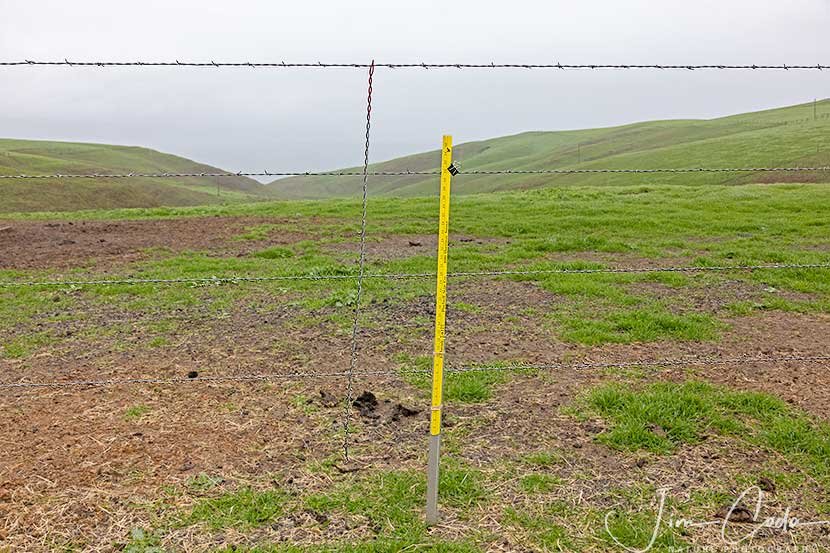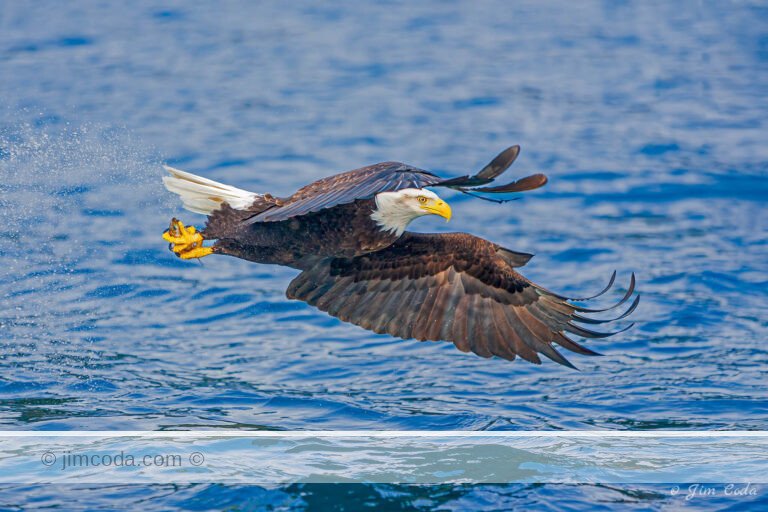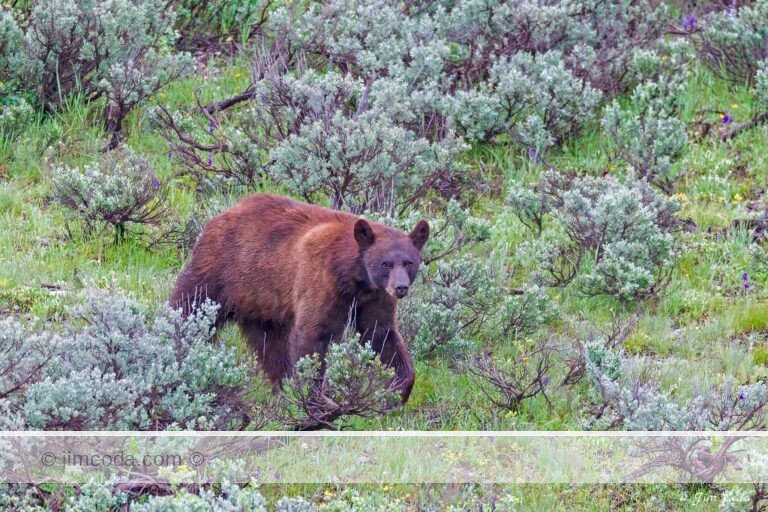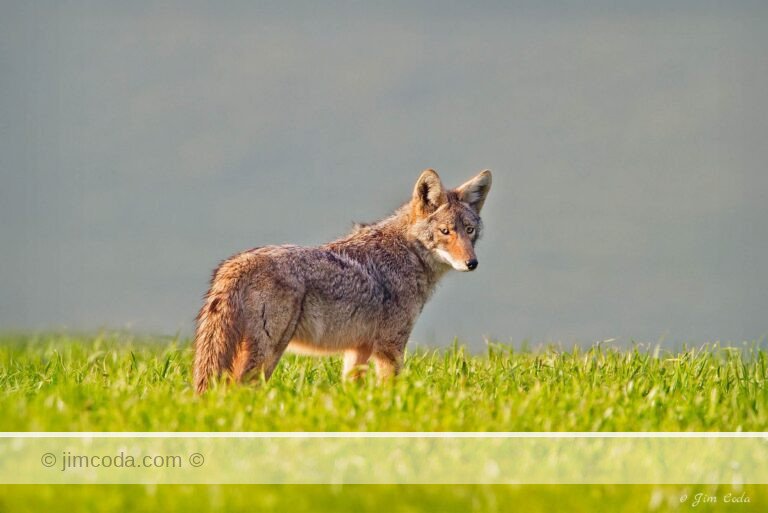
Barbed Wire Fence Is 56 Inches High, Not the Preferred 40 Inches
On January 15 I wrote about a new fence along the reconstructed Sir Francis Drake Boulevard that runs from Estero Road to near Schooner Creek Road. It violates almost every rule for wildlife-friendly fencing even though NPS said in its FEIS that any new fences would be wildlife-friendly. The top wire is 48 inches high with 12 inches between each of the wires below it, leaving the bottom wire 12 inches above ground for deer fawns and elk calves to have to try to crawl under. They can’t do that, especially with barbed wire tearing their flesh.
On January 24 I drove out the reconstructed Sir Francis Drake Boulevard to Chimney Rock and the lighthouse and found further new fencing along it even worse than the fencing I wrote about on January 15 because it is absurdly high.
I listed the specs for a wildlife-friendly fence in my January 15 blog. Here they are again:
- The top wire should be low enough for adult animals to jump over, preferably no more than 40 inches, and “absolutely no more than 42 inches.”
- The distance between the top two wires should be “[a]t least 12 inches,” so elk and deer won’t tangle their back legs with the top wires; (For a photo showing what happens if the top two wires are not far enough apart, click here.)
- The bottom wire should be “at least 18 inches,” above the ground.
- The top and bottom strands should be “smooth wire” (like regular two strand twisted barbed wire, but without the added barbs) so animals don’t get snagged and injured.
- No vertical stays.
Also, the top wire should be made highly visible so mammals and birds see it when running and/or flying by using high visibility wire or sections of white pvc pipe, flagging or a top rail.
The top wire of the newest found fence here is 56 inches high with 12 inches between each of the wires below it, leaving the bottom wire 20 inches above ground. Put another way, the wires are 56, 44, 32 and 20 inches above ground. The top and bottom wires are not smooth; there is no flagging or anything else used to make the top wire visible to mammals and birds running and/or flying and there are not supposed to be any vertical stays.
So, what will it take for NPS to make this fence wildlife-friendly? The top wire needs to be removed because it is barbed and way too high. The wire below it, which is now 44 inches above ground, needs to be removed because it will be the top wire, but it is barbed so it can’t be used as the top wire, and because it is also too high so it needs to be lowered by 2 inches or, preferably, four inches. to 42 or 40 inches. That wire, as the new top wire, also needs to be made more visible. When that new top wire is installed, the wire below it, now at 32 inches above ground, will need to be lowered because, as the new second wire, it must be at least 12 inches below the new top wire. The bottom wire needs to be replaced because it is barbed, not smooth, and the vertical stays need to be removed.
As I think about the fences in the three articles I’ve written recently, what I’m most struck by is how NPS says new fencing will be wildlife-friendly and it doesn’t keep its word. Far from it. How can the public expect that appropriate construction specs and all the mitigation measures will be followed for new projects described in the FEIS? And, by the way, what about all the damage done in the past from ranching that still remains? No commitments were made in the FEIS to remediate past (and continuing) damage to water quality; native plants; soils (damaged and/or lost due to compaction, and erosion and resultant gullies); native fish and wildlife species, such as salmon, steelhead, pronghorns, ground squirrels; etc.
What is Superintendent Craig Kenkel’s response to all this? Ask him: Craig_Kenkel@nps.gov.











One Response
Frankly these commercial private ranching business enterprises have no place in the National Seashore! NONE! These businesses have had how many years to remove themselves after being PAID to do so? Well, blaming the park service really doesnt solve it. Our “representatives” in the government need to do something about it – rather than bury their heads in the sand!